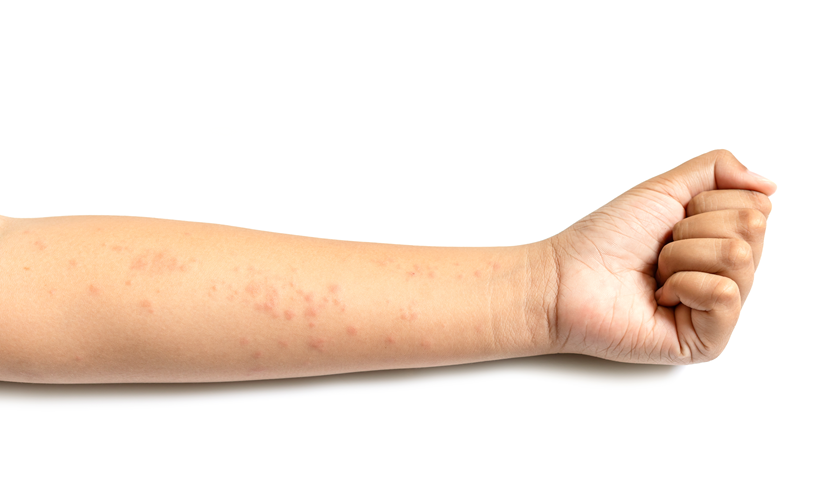CHILDREN with atopic dermatitis (AD) are more likely to develop other skin conditions, such as allergic contact dermatitis (ACD), according to new research. Despite this, JiaDe Yu, Massachusetts General Hospital, Boston, USA, and his team, reported that many children with AD are not referred for patch testing, and ACD is often underdiagnosed.
In a retrospective case-control study, 912 children were included, sourced from the Pediatric Allergic Contact Dermatitis Registry. Of this group, 615 had been diagnosed with AD and 297 did not have AD. All of these children had been referred for patch testing between 2018–2022. The team reported that the children with AD were more likely to have seen additional care providers before they underwent patch testing.
Results showed that children with AD were more likely to experience more than one positive patch test (PPT) and were more likely to have a greater number of PPT results overall. Additionally, children with AD had an increased likelihood of experiencing an allergic reaction to various substances, including bacitracin, carba mix, and cocamidopropyl betaine. These substances are often found in over-the-counter medications and skincare products, meaning that children with AD have increased exposure to them.
The team concluded that “children with AD are significantly more likely to have PPT reactions and should be referred for evaluation of ACD and obtain patch testing.” However, at present, many children are not being diagnosed due to the similar clinical presentations of both conditions. Experts in the field added that “if we can more frequently identify which AD patients have concomitant ACD we can help those patients avoid their allergens and improve their disease symptoms more effectively.”








